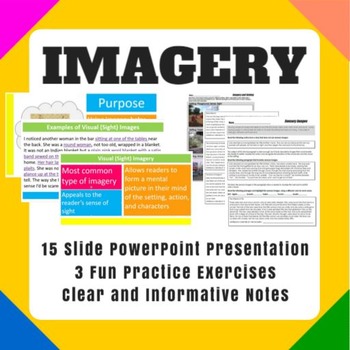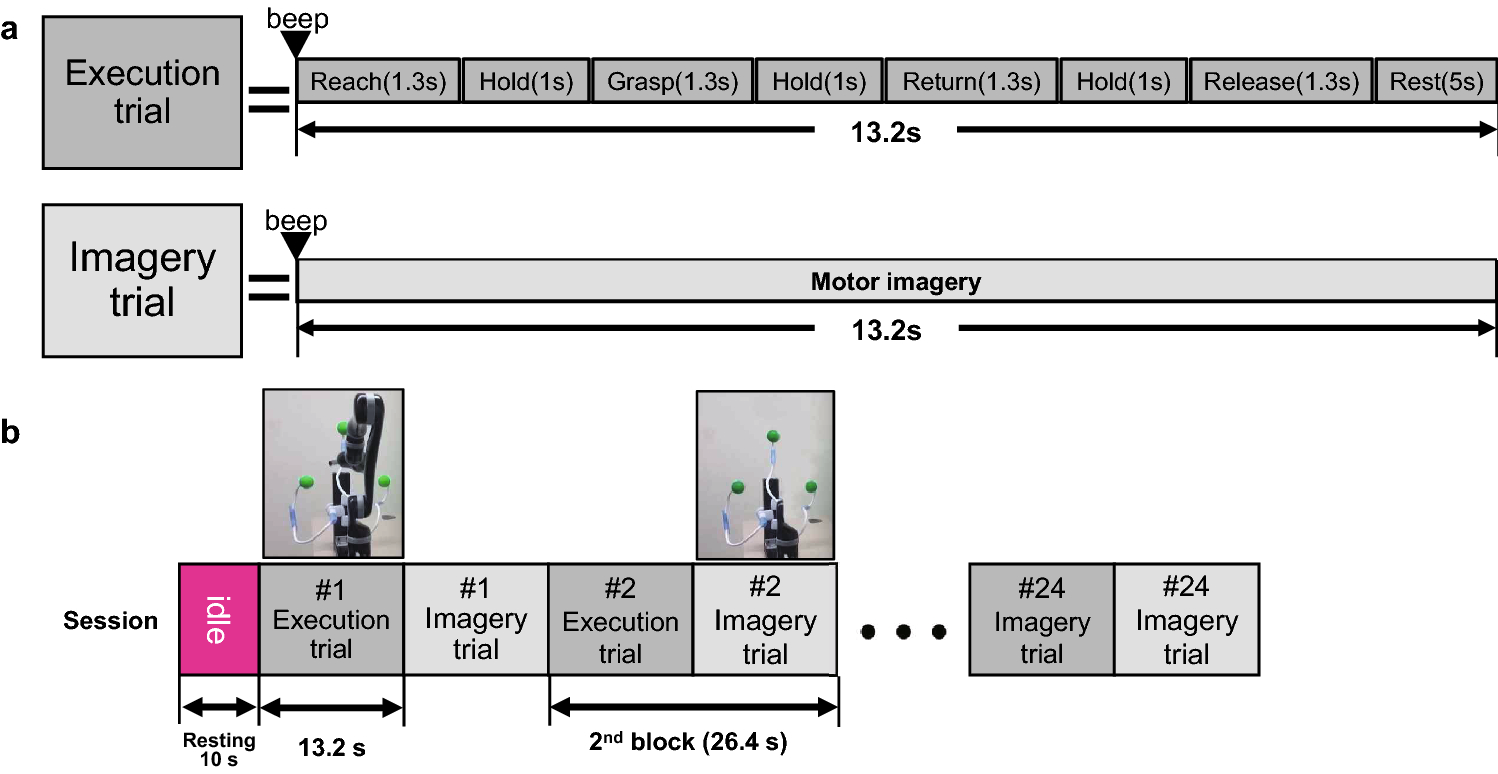


22–25 Finally, based on a prior investigations of the neural response to emotional pictures, we expected the visual association cortex to be robustly activated by the presentation of pictorial HWLs. This area has been linked to the experience of disgust, and strongly responds to pictures of mutilation and contamination.

We also expected pictorial HWLs to elicit robust activity in the insula. 19–21 We expected that amygdala responses would be driven by our stimuli to the extent that they elicited arousal, fear and perceived threat (eg, graphic HWL vs symbolic HWL). 14–18 The amygdala plays a particularly important role in the processing of visual stimuli related to threat and fear. Converging evidence from numerous neuroscientific investigations confirms a prominent role for the amygdala in emotional processing in a number of sensory modalities. Given the visual and emotional nature of pictorial HWLs, we formulated a set of a priori regions of interest (ROIs) that we expected to respond to participants’ observations of HWLs, including the amygdala, insula and visual association cortex. The primary goal of the current experiment was to explicitly map neural responses to HWLs that contain three different subtypes of imagery that are frequently used in tobacco control communications, including HWLs on cigarette packaging: graphic representation of physical consequences of smoking personal suffering from smoking-related consequences and symbolic representations of risk. 9–12 These findings are consistent with observational studies indicating that graphic depictions of smoking consequences work best. Some experimental research has found the self-reported effectiveness of pictorial HWLs is highest when it contains graphic images that depict the physical effects of smoking, followed by imagery of personal suffering (usually including a face), and finally by symbolic representations of smoking effects that use abstract imagery or symbols to represent risk. Such research should guide the selection of HWL content, including the rotation of new HWL content over time. The increasing adoption of pictorial HWLs around the world has created a critical need for research designed to: (1) evaluate the relative effectiveness of different types of HWL content and (2) explain why some HWL content appears to be more effective than other content. 4–7 A key advantage of pictorial HWLs is their ability to elicit stronger emotional responses than text-only HWLs. 2 Experimental and observational research indicate that HWLs with pictorial imagery are more effective than text-only HWLs in promoting smoking cessation and preventing the initiation of smoking behaviour. 3 To help prevent tobacco use and its consequences, the WHO Framework Convention on Tobacco Control (WHO FCTC) has recommended inclusion of prominent, pictorial health warning labels (HWLs) on tobacco packaging to communicate the adverse effects of smoking to consumers and to discourage smoking. 1, 2 Smoking increases the risk of many non-communicable diseases in smokers as well as in those who breathe secondhand smoke. According to the WHO, smoking remains the leading cause of preventable death in the Western world.


 0 kommentar(er)
0 kommentar(er)
